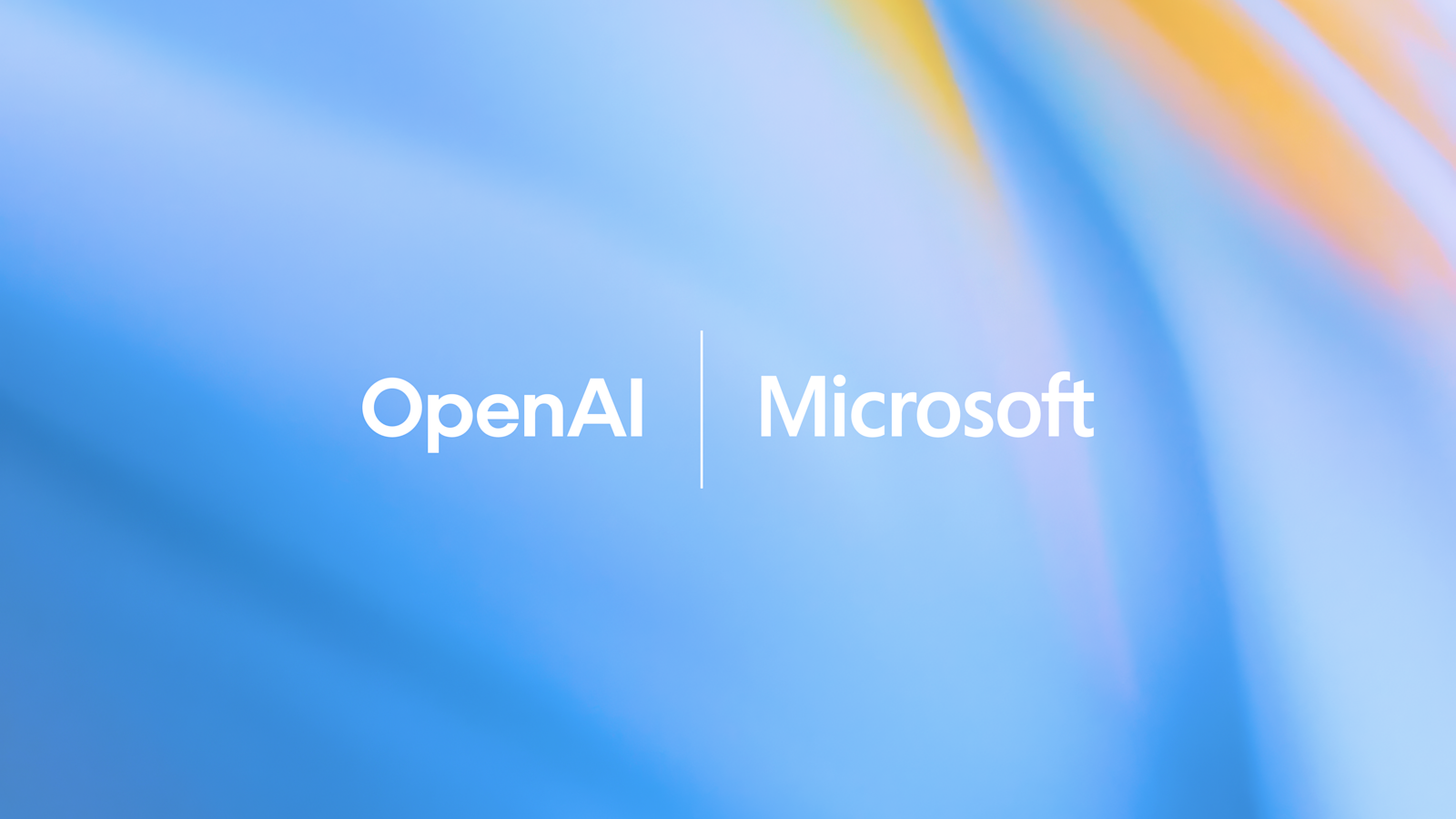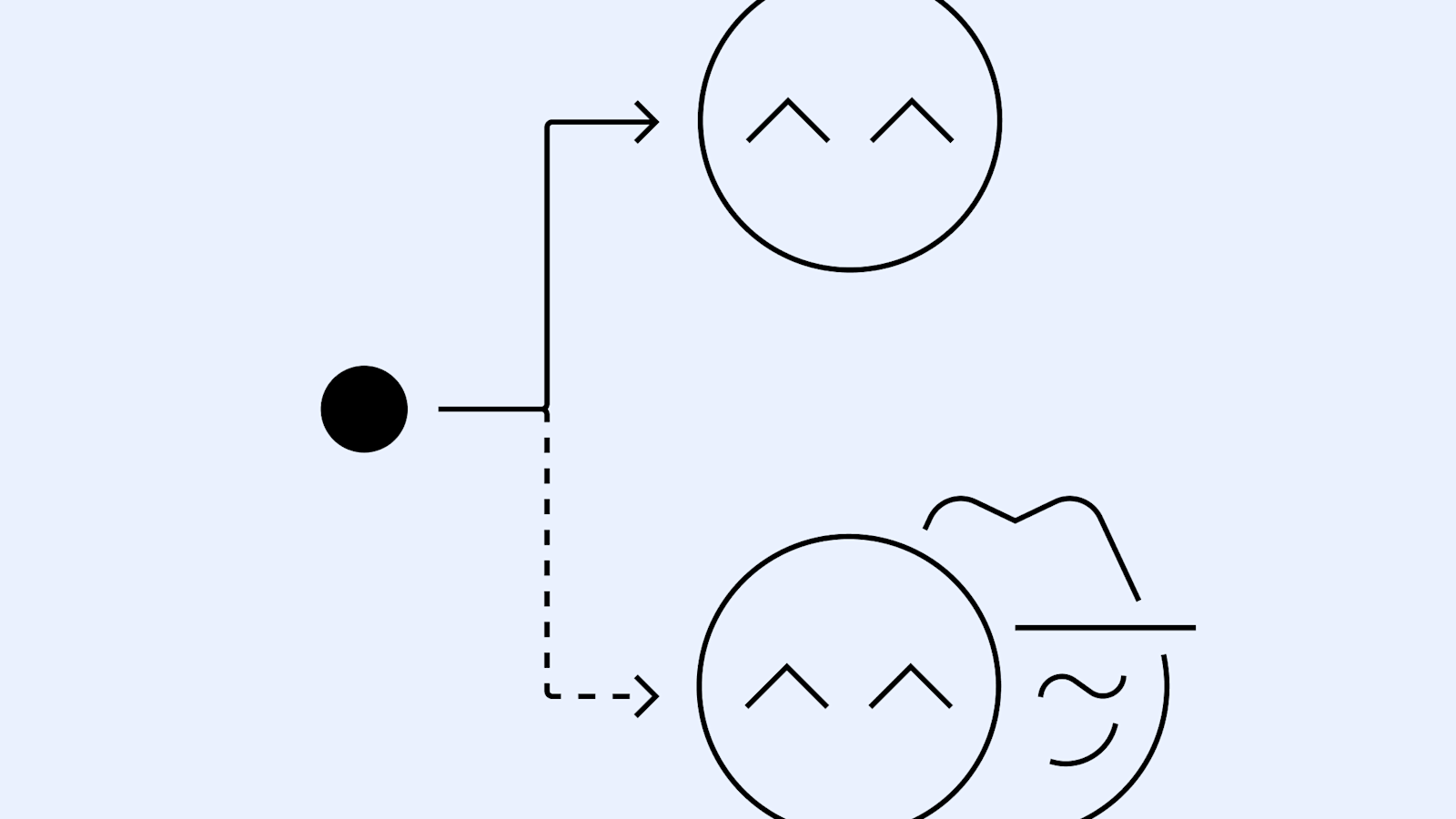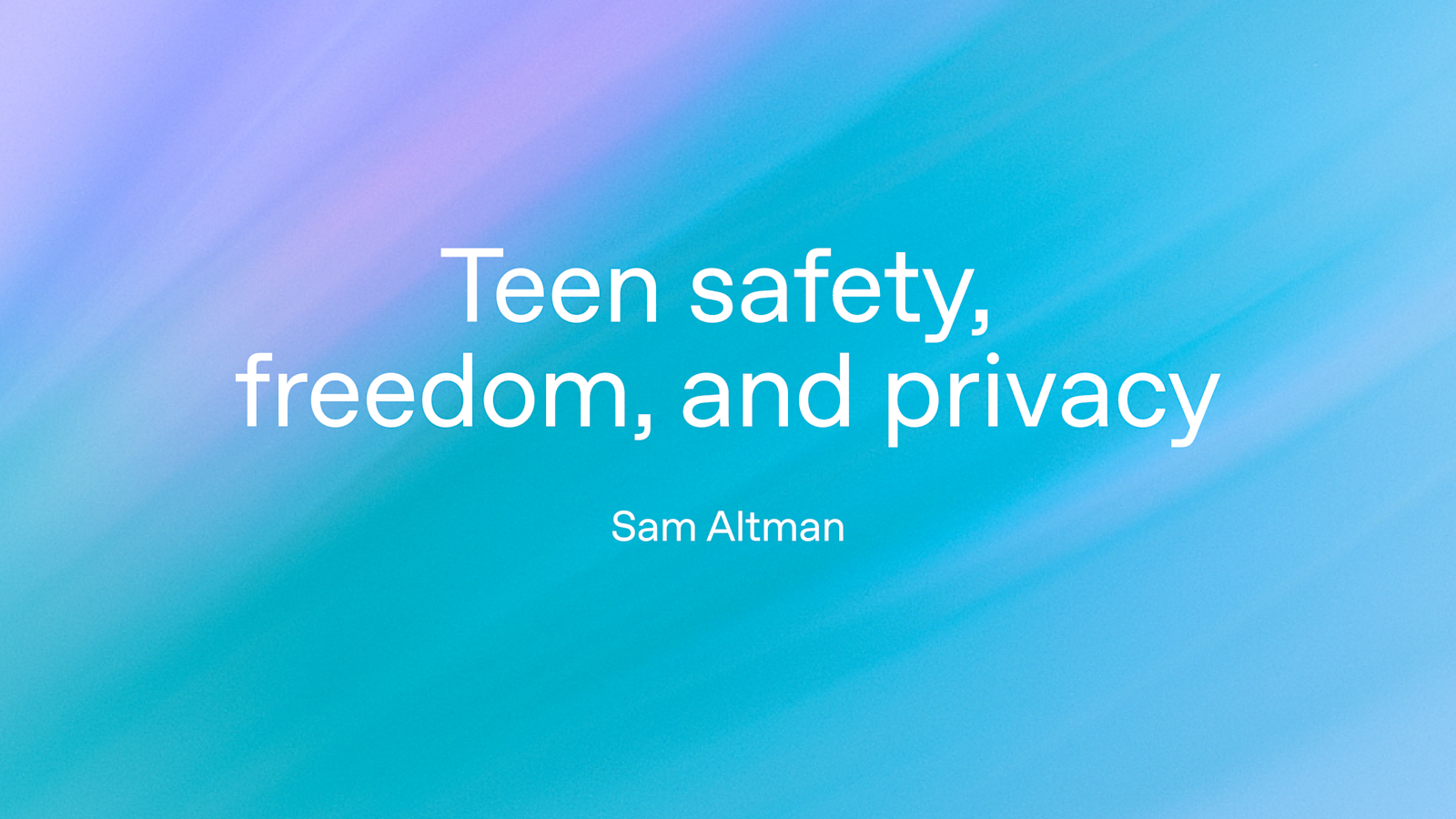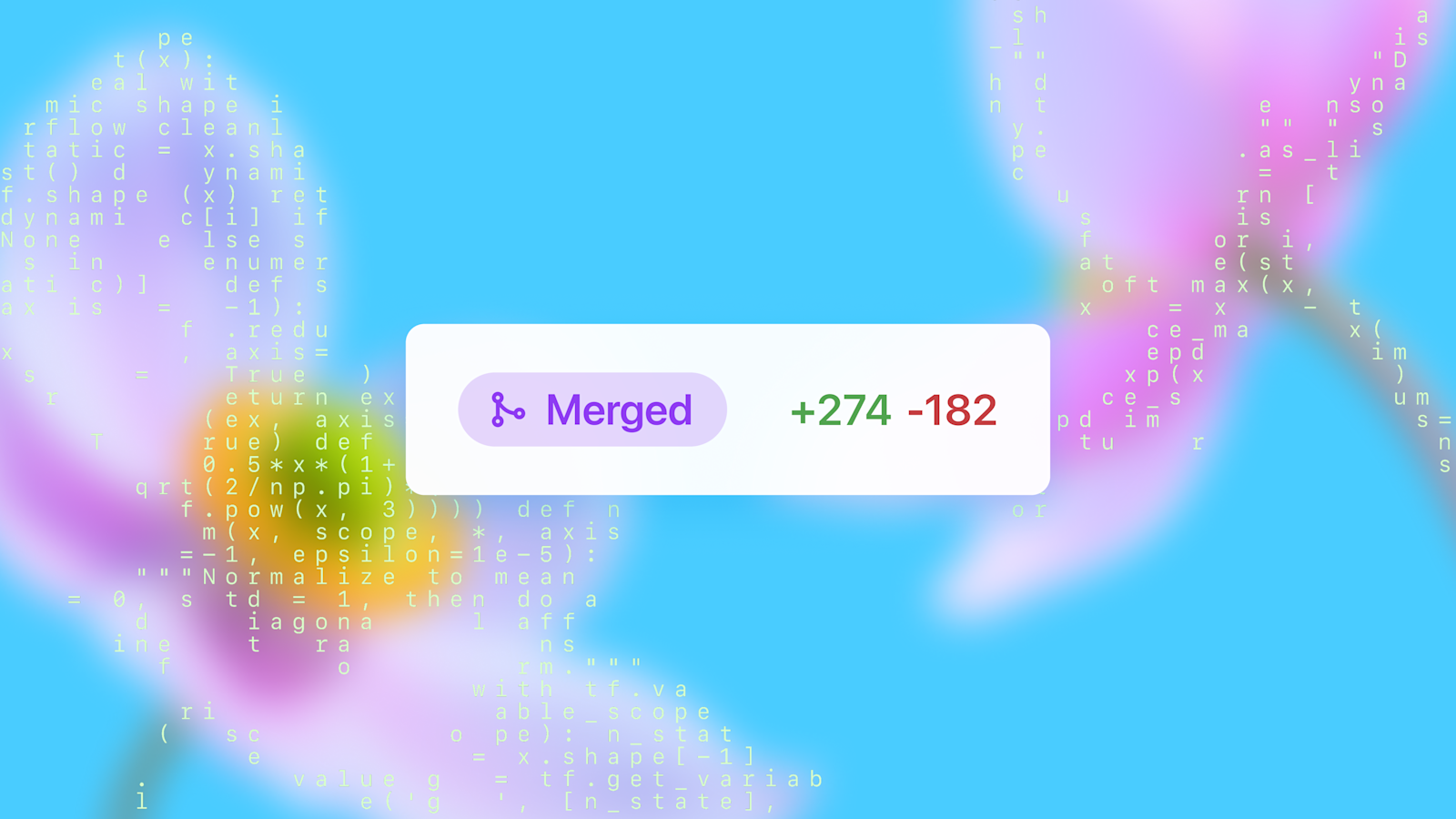
OpenAI and Microsoft sign non-binding MOU to advance AI safety and tools
Sources: https://openai.com/index/joint-statement-from-openai-and-microsoft, OpenAI
TL;DR
- OpenAI and Microsoft signed a non-binding memorandum of understanding (MOU) for the next phase of their partnership.
- The parties are actively working to finalize contractual terms in a definitive agreement.
- They remain focused on delivering the best AI tools for everyone, grounded in a shared commitment to safety.
- See also Statement on OpenAI’s Nonprofit and PBC.
Context and background
OpenAI and Microsoft publicly announced on September 11, 2025 that they have signed a non-binding memorandum of understanding (MOU) outlining the next phase of their collaboration. The arrangement is described as non-binding, with both sides actively working to finalize the contractual terms within a definitive agreement. The emphasis accompanying the announcement centers on delivering the best AI tools for everyone, while anchoring the partnership in a shared commitment to safety. This statement also references OpenAI’s broader governance framework, noting a related discussion titled Statement on OpenAI’s Nonprofit and PBC.
What’s new
- The partnership enters a defined next phase via a non-binding MOU, signaling continued collaboration between OpenAI and Microsoft.
- The parties are in the process of negotiating and finalizing terms for a definitive agreement.
- The focus remains on safety and broad accessibility to AI tools, reinforcing mutual commitments outlined in prior collaboration.
Why it matters (impact for developers/enterprises)
For developers and enterprises, the news signals an ongoing collaboration between two major tech players to shape the development and deployment of AI tools with safety as a cornerstone. While terms are being finalized, the arrangement indicates stability and continuity in the relationship, potentially impacting product roadmaps, licensing, and access to joint tooling and platforms offered by OpenAI and Microsoft.
Technical details or Implementation
Nature and status
- Nature: Non-binding memorandum of understanding (MOU) between OpenAI and Microsoft.
- Status: The parties are actively working to finalize contractual terms in a definitive agreement.
- Focus: Delivering the best AI tools for everyone with an emphasis on safety.
Table: Key aspects at a glance
| Aspect | Details |
|---|---|
| Nature of agreement | Non-binding MOU |
| Current phase | Next phase of partnership; terms to be finalized |
| Core focus | Safety and accessible AI tools for everyone |
| Next steps | Finalize definitive agreement terms |
Implementation considerations
The MOU establishes the framework for ongoing collaboration, with the expectation that a definitive agreement will capture specific terms related to technology access, safety protocols, governance, and potential deployment paths. The exact terms are not yet public, but the commitment to safety and broad accessibility remains explicit in the joint statement.
Key takeaways
- A non-binding MOU marks the next phase of OpenAI and Microsoft’s partnership.
- Both parties are pursuing a definitive agreement to formalize terms.
- Safety and broad access to AI tools are central to the collaboration.
- The announcement references related governance discussions around OpenAI’s nonprofit and PBC status.
FAQ
-
What is the nature of this agreement?
It is a non-binding memorandum of understanding (MOU) for the next phase of the partnership.
-
What is the current status?
The parties are actively working to finalize contractual terms in a definitive agreement.
-
What are the primary objectives?
To deliver the best AI tools for everyone, grounded in a shared commitment to safety.
-
Is there a link to more information?
The announcement references a related statement on OpenAI’s nonprofit and PBC; see the linked press materials for context and follow-up details.
-
Where can I read the original announcement?
The joint statement is published by OpenAI and Microsoft at the provided link: https://openai.com/index/joint-statement-from-openai-and-microsoft
References
More news
Detecting and reducing scheming in AI models: progress, methods, and implications
OpenAI and Apollo Research evaluated hidden misalignment in frontier models, observed scheming-like behaviors, and tested a deliberative alignment method that reduced covert actions about 30x, while acknowledging limitations and ongoing work.
Building Towards Age Prediction: OpenAI Tailors ChatGPT for Teens and Families
OpenAI outlines a long-term age-prediction system to tailor ChatGPT for users under and over 18, with age-appropriate policies, potential safety safeguards, and upcoming parental controls for families.
Teen safety, freedom, and privacy
Explore OpenAI’s approach to balancing teen safety, freedom, and privacy in AI use.
OpenAI, NVIDIA, and Nscale Launch Stargate UK to Enable Sovereign AI Compute in the UK
OpenAI, NVIDIA, and Nscale announce Stargate UK, a sovereign AI infrastructure partnership delivering local compute power in the UK to support public services, regulated industries, and national AI goals.
OpenAI introduces GPT-5-Codex: faster, more reliable coding assistant with advanced code reviews
OpenAI unveils GPT-5-Codex, a version of GPT-5 optimized for agentic coding in Codex. It accelerates interactive work, handles long tasks, enhances code reviews, and works across terminal, IDE, web, GitHub, and mobile.
How People Are Using ChatGPT: Broad Adoption, Everyday Tasks, and Economic Value
OpenAI's large-scale study shows ChatGPT usage spans everyday guidance and work, with gender gaps narrowing and clear economic value in both personal and professional contexts.





